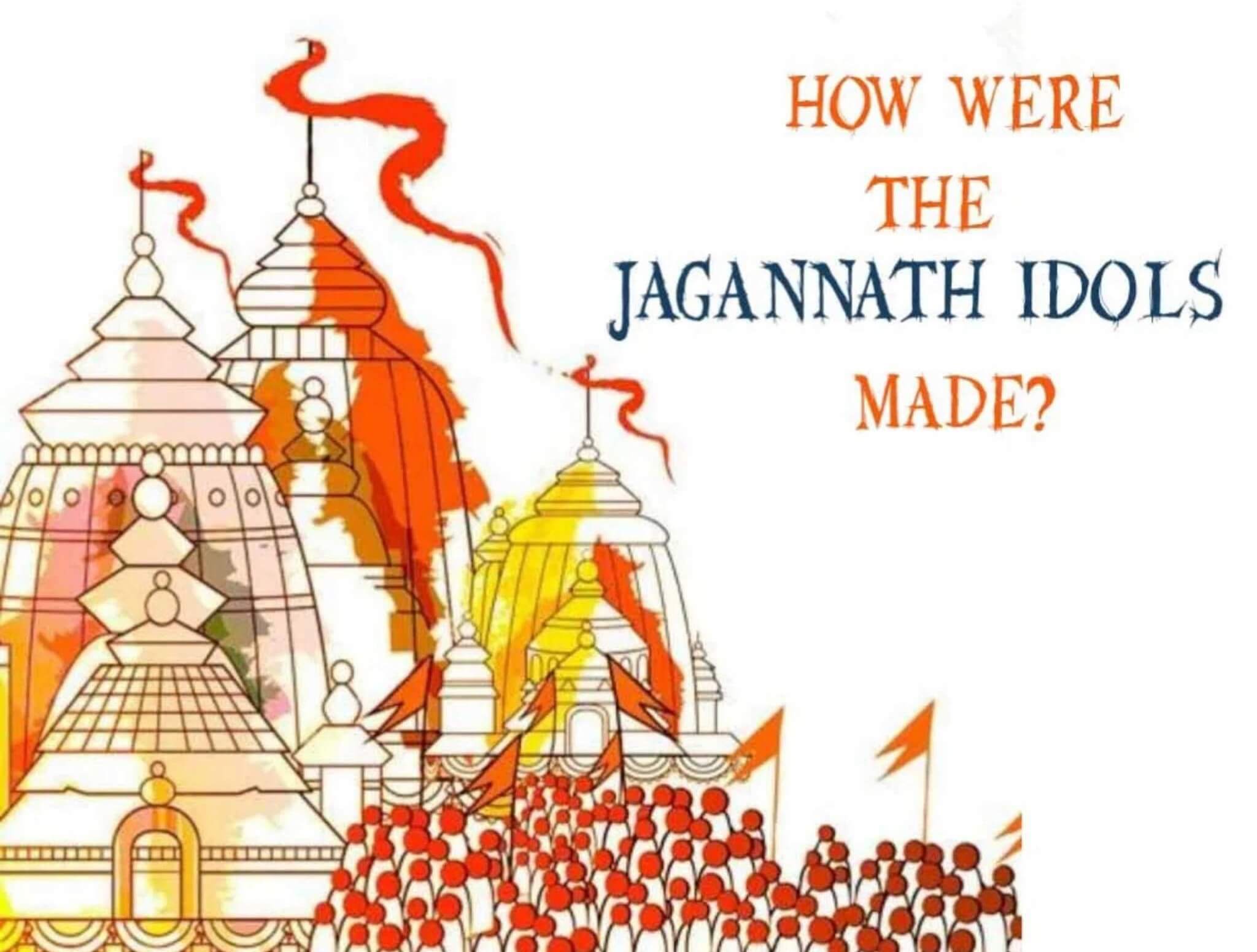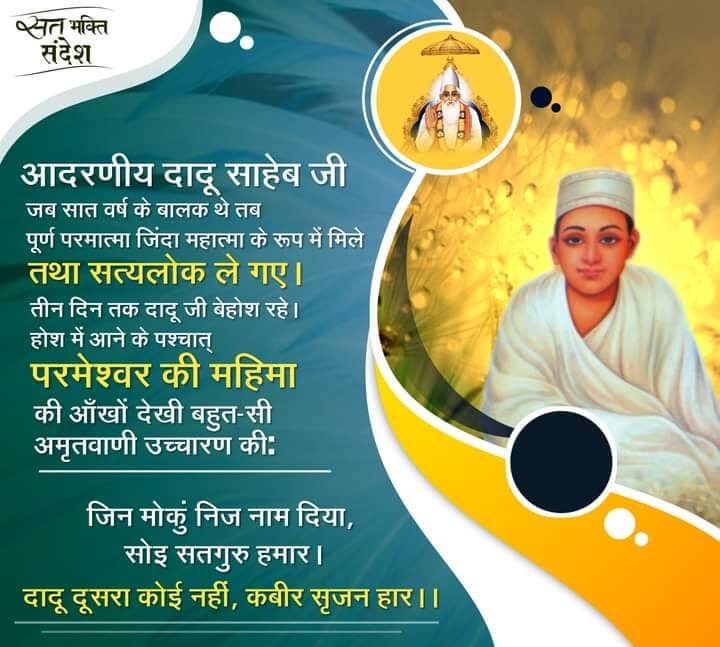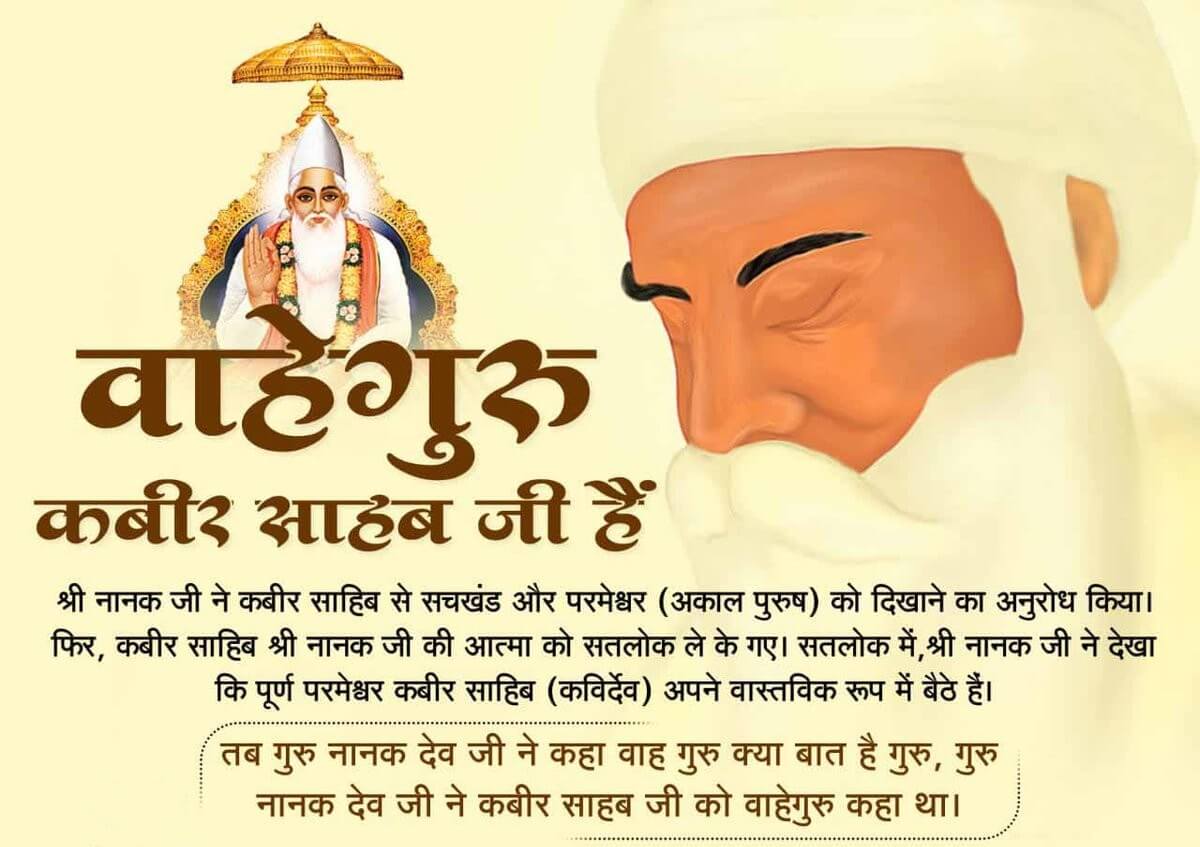Summary of Chapter Panch Mudra
In Kabir Sagar, the 29th chapter titled "Panchmudra" is on page 181. This too is part of the 33 Arab Vaani (divine knowledge). (“Teetis Arab gyan hum bhakha, mool gyan goy hum rakha.”)
Read the core knowledge below:
1 Arab = 100 crore = 1 Billion
The nectar-like words of the revered Kabir Sahib (Kavir Dev).
Santo shabdai shabd bakhana..Tek..
Shabd faans fansa sab koi shabd nahin pehchaana..
Prathamhin brahm svan ichchha te paanchai shabd uchara.
Sohang, jyoti niranjan, rarnkar, shakti aur onkara..
Paanchai tattva prakriti tinon gun upajaaya.
Lok dweep chaaron khaan chaurasi lakh banaaya..
Shabdei kaal kalandar kahiye shabdei bharm bhulaaya.
Paanch shabd ki aasha mein sarvas mool ganvaaya..
Shabdei brahm prakaash ment ke baithe moonde dvaara.
Shabdei nirgun shabdei sargun shabdei ved pukaara..
Shuddh brahm kaaya ke bheetar baith kare sthaana.
Gyani yogi pandit au siddha shabd mein urjhaana..
Paanchai shabd paanch hain mudra kaaya beech thikaana.
Jo jihsank aaraadhan karta so tihi karat bakhaana..
Shabd jyoti niranjan chaanchari mudra hai nainan ke maahin.
Taako jaane Gorakh yogi maha tej tap maahin..
Shabd onkaar bhoochari mudra trikuti hai sthaana.
Vyaas Dev taahi pehichaana chaand soorya tihi jaana..
Soham shabd agochari mudra bhanvar gufa sthaana.
Shukdev muni taahi pehichaana sun anahad ko kaana..
Shabd rarnkar khechari mudra dasven dwar thikaana.
Brahma Vishnu Mahesh aadi lo rarnkar pehichaana..
Shakti shabd dhyaan unmuni mudra base aakaash sanehi.
Jhilamil-2 jot dikhaave jaane Janak videhi..
Paanch shabd paanch hain mudra so nishchay kar jaana.
Aage Purush puraan nihakshar tinkee khabar na jaana..
Nau Naath chaurasi siddhi lo paanch shabd mein atke.
Mudra saadh rahe ghat bheetar phir ondhe mukh latke..
Paanch shabd paanch hai mudra lok dweep yamjaala.
Kahain Kabir akshar ke aage nihakshar ka ujiyaala..
As stated in the verse “Santo Shabdei Shabd Bakhana”, all saints describe the glory of the Shabd (Name). Supreme Brahm Kabir Sahib Ji explained that the Shabd is symbolic of Satpurush (the Eternal Supreme Being) and also represents Jyoti Niranjan (Kaal). For instance, the Shabd of Jyoti Niranjan enables the attainment of Chanchri Mudra, which Gorakh Yogi achieved through intense austerities. This level of achievement is beyond the reach of ordinary individuals. Even after attaining this, Gorakhnath remained confined to the realm of Kaal through his practices and became a Siddha (perfected being) but could not attain liberation.
Thus, those who chant Jyoti Niranjan's name cannot escape the trap of Kaal and cannot reach Satlok. Chanting the Shabd Omkar (Oṃ) elevates the practitioner to the state of Bhoonchri Mudra. This is the level that Ved Vyas reached through his practice, but he too remained bound within the realm of Kaal. Chanting the name Soham results in the state of Agochri Mudra and leads to the whirlpool cave within Kaal's domain. Sage Shukdev achieved this through his practices, but he could only ascend as far as the heavenly realm created by Lord Vishnu.
The Shabd Rarankar takes the practitioner to the Khainchri Mudra and the Tenth Door (Sushumna). Brahma, Vishnu, and Mahesh considered Rarankar to be the ultimate truth and thus remained trapped in the web of Kaal. The Shabd Shriyam leads to the attainment of Unmani Mudra, which King Janak achieved, but he too did not attain liberation.
Some saints have replaced Shakti with Satnam in the five names, but Satnam is not a chantable name. It points toward the True Name, just as Satlok is also called Sach Khand. Similarly, Satnam refers to the True Name or Eternal Name, but it is not a chant.
Those who practice these five names, including the nine Nath Yogis and the eighty-four Siddhas, remained confined to these levels and derived bliss by listening to the internal sound (Dhuni) within the body (ghat). However, the true Satlok lies beyond the body (Pind) and beyond the universe (Brahmand). Thus, they continued to experience the cycle of rebirth (hanging upside down in the womb), as their suffering from birth and death did not end.
Any attainment confined to the body (ghat) will be limited to Kaal (Brahm) because the eternal abode of the Supreme God (Satlok) and the radiance of His divine body are far beyond and transcend even Parbrahm. Only a Complete Saint (Purna Sant) can reveal the entire practice leading to liberation, which is different from the five names (Shabds).
This is the essence of Panch Mudra, which represents the original and authentic knowledge.
Evidence of Limited Understanding Among Followers of Kaal (Twelve Paths):
Let me present an example of their limited understanding. On pages 190-191 of Panch Mudra, there is a description of the lotuses (Kamals). This information has also been mentioned in three other chapters. In two chapters, details are provided up to the eighth lotus. In the chapter titled Kabir Vani on page 111, knowledge of nine lotuses is given. However, all Kabir Panthis acknowledge only eight lotuses.
In Panch Mudra on pages 190-191, knowledge of nine distinct lotuses is provided. Yet, due to their limited intellect, they mistakenly refer to the eight lotuses as the “total lotuses” in the third verse on page 191. This is despite the fact that pages 190-191 clearly describe nine separate lotuses.
Please read some verses from pages 190-191 for further clarity:
Yogjeet Vachan
He sukrit main tumhen lakhaaoon. Kamalanko pramaan bataaoon..
Prathamhi kamal chaturdal kahiye. Devganesh pun taamon lahiye..
Riddhsiddh jahaan sakt upaasa. Tahaan ja poochhai so prakaasha..
Shatdal kamal brahm ko baasa. Saavitri tahaan keenh nivaasa..
Shatsahastra tahaan jaap bakhaana. Devan sahit Indra asthaana..
Ashtadal kamal Hari Lakshmi vaasa. Shatsahastra tahaan jaap nivaasa..
Dwaadash kamalmon Shivko jaana. Shathazaar jaap bandhaana..
Tahaan Shiv yog lagaaven taari Parvati sang sahit vichaari..
Shodash kamal jeev man vaasa. Ek sahastra jaap prakaasha..
Traidal kamal Bharathi vaasa. Soto ujjwal kamal nivaasa..
Ek sahastra jaap tahaan keejai. Yah sankalp jaay tahaan deejai..
Doy dal kamal hans asthaan. Taamah parm hansko jaana..
Ek sahastra jaap prakaasha. Karm bhramko hai tahaan naasha..
Sahasradal kamalmon jhilamil jaana. Jyoti saroop tahaan pehichaana..
Taahai ranghai alakh apaara. Alakh pursh hai sabte saara..
Naven kamal aad ko jaano. Jaate nirgun Purush bakhaano..
Ek is hazaar chhaise jaap kahiye. So sab Purush dhyanmon lahiye..
Asht kamal ko bhed bataai. Aur gyaan ab bhaasho bhaai..
Consideration: The verses clearly prove the existence of nine distinct lotuses. However, in the final line, it is written:
"Ashta (eight) Kamal ko bhed batai aur gyan ab bhasho bhai" (The knowledge of the eight lotuses has been explained, and now the wisdom is being narrated, brother).
This is evidence of their limited understanding. The authentic knowledge you have read above is sufficient. The accurate verse should be:
"Sarv Kamalan ko bhed batai aur gyan ab bhasho bhai."
(All the secrets of the lotuses have been revealed, and now wisdom is being narrated, brother).
There are several chapters in Kabir Sagar that provide information about the lotuses. For example, page 151 of Anurag Sagar mentions the eight lotuses, where the eighth lotus is described as having two petals and being the dwelling place of Jyoti Niranjan. Similarly, page 57 of Bhavtaran Bodh describes the eight lotuses. In this text, the sixth lotus is mentioned as having three petals, where Saraswati resides, and the seventh lotus as having two petals. The eighth lotus is described as the abode of Kaal Niranjan.
This description is accurate but incomplete. The complete explanation is found in the chapters Panch Mudra (pages 190-191) and Kabir Vani (page 111) of Kabir Sagar, where the nine lotuses are detailed sequentially.
Had there been no tampering with the description of the lotuses, no confusion would have arisen. The authentic knowledge can be found in the summary of the chapter Anurag Sagar on page 152 of this book, as well as in the diagrams of the lotuses and the accompanying notes at the end.
The summary of the chapter Panch Mudra from Kabir Sagar concludes here.



